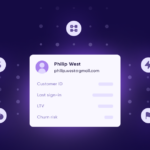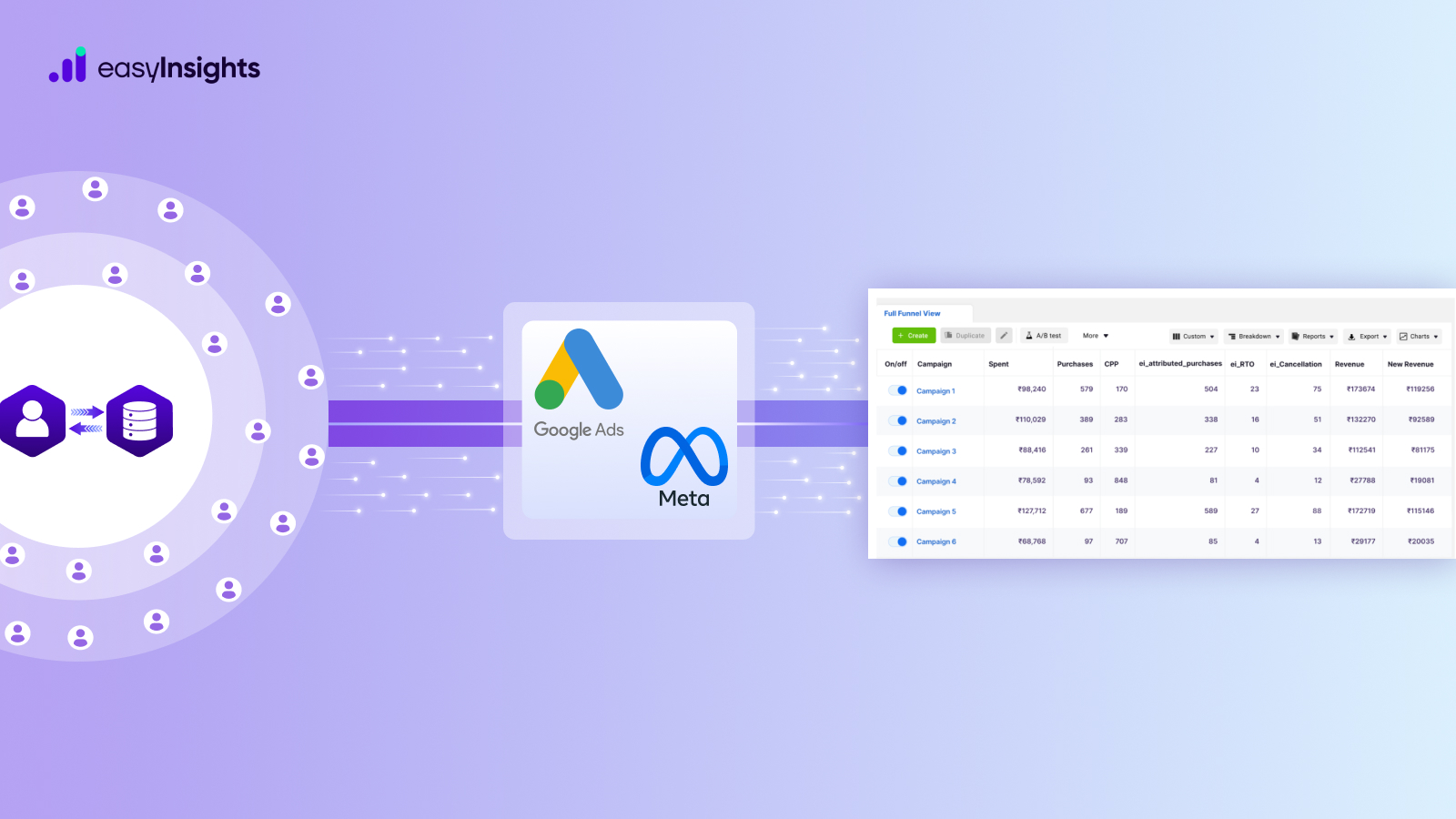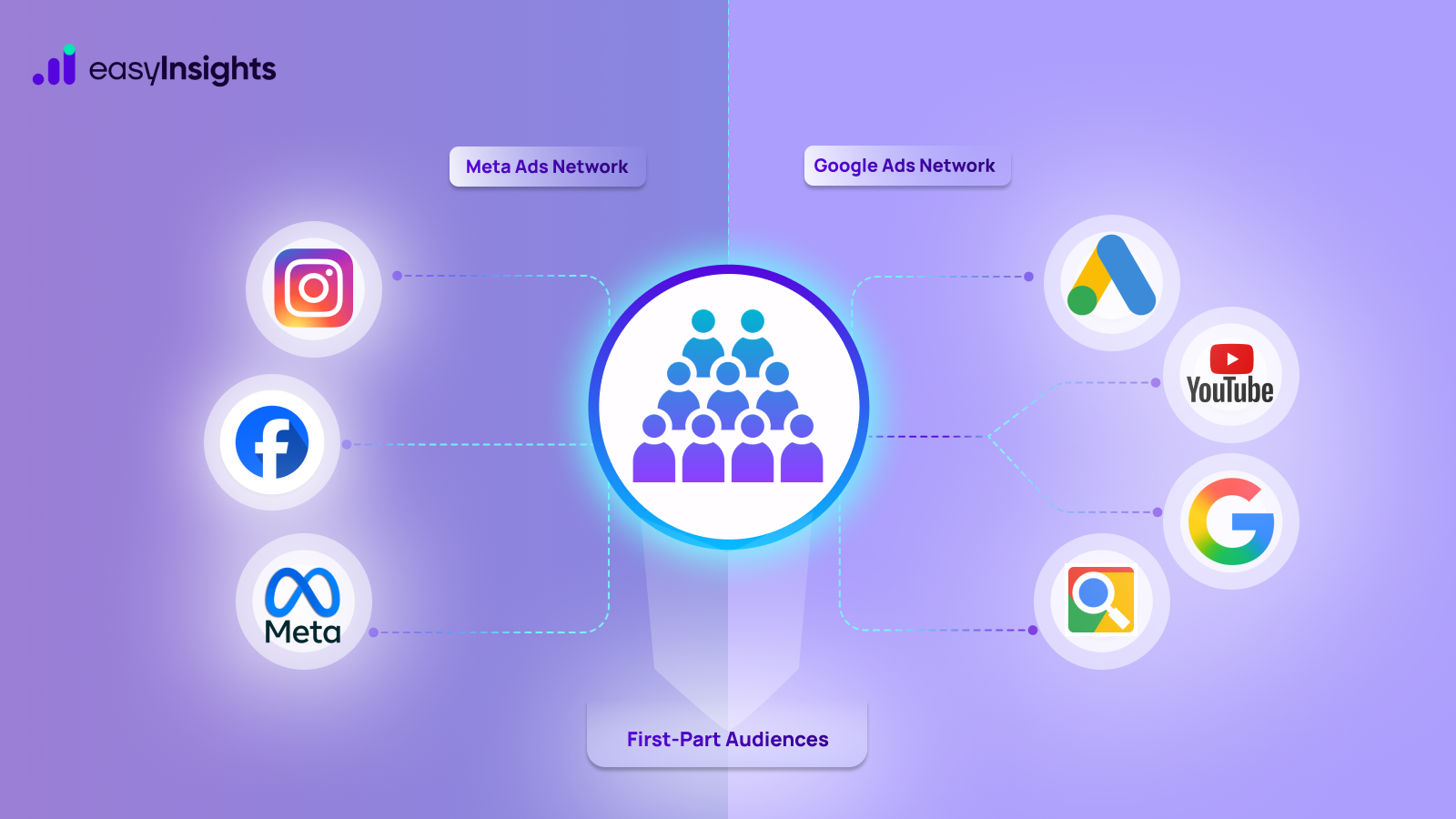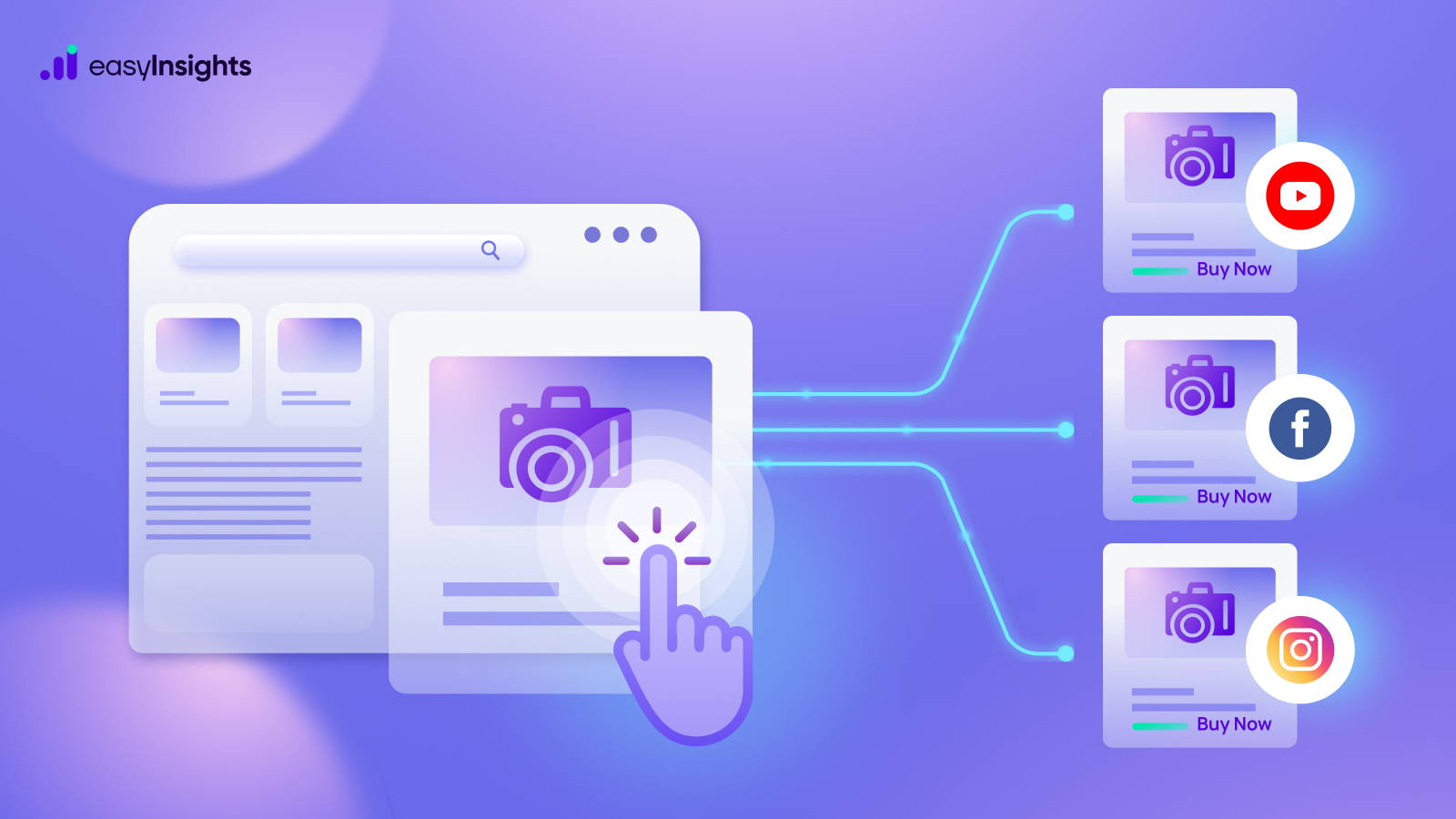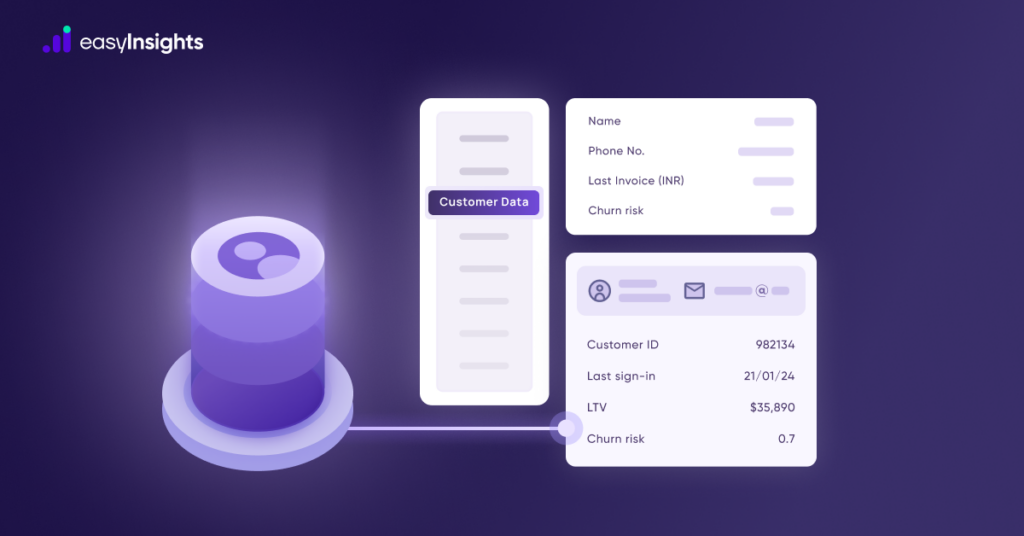
The phasing out of third party cookie has begun, and come 2025, everything that marketers have been doing for the last three decades is set to change. We’re officially bidding adieu to third party cookies and welcoming a new era of first party data.
If you’re unsure of why first party data is the obvious answer to the cookie loss, or are struggling to make the shift, this article is here to clear the fog.
Here, we help you prepare for a third party cookieless world by –
- exploring the impact of third party cookie loss,
- how first party data is rising to take its place, and
- data collection strategies that will help you transition to a cookieless world seamlessly.
Jump ahead to:
Impact of Losing Third Party Cookie
To understand why first party data is the answer to third party cookies, we first need to discuss why they are being removed and how this will impact marketers.
Third party cookies are going out of fashion due to the growing concern over data privacy and the consequent data privacy laws. With the advent of regulations like the General Data Protection Regulation (GDPR), The California Consumer Privacy Act (CCPA), etc., companies can no longer leverage third party cookies to identify and track user activity.
Further, and perhaps a bigger catalyst is Google that has announced its plans to discontinue third party cookies by the end of 2024. The company began its efforts early this year by restricting third party cookies for 1% of Chrome users, affecting roughly 30 million users in the process.
Here’s how this systematic phaseout will affect third party cookie users:
- Personalization capabilities: Limited browsing and behavioral data will make it difficult for marketers to personalize ads.
- Performance marketing: Attribution and analytics depend on third party cookies, which will, therefore, lose effectiveness. Marketers will no longer be able to measure performance accurately and thus not be able to plan effective campaigns and budgets.
- Campaign management: A/B testing, frequency capping and other capabilities will become difficult.
There’s no doubt third party cookie loss is no small development. But the good news is that there is a light at the end of this tunnel in the form of first party data.
Additional read: Google’s Third-Party Cookie Purge: It’s Time for Cookieless Marketing
The Rise of First Party Data
First party data is the data that companies collect directly from users. Examples of first party data include demographics, sales interactions, purchase history, etc. Here are some of the benefits of first party data:
- Data Accuracy and Reliability: Since this data is collected directly from customers and not from third parties, it is accurate and dependable, improving the quality of data-backed decision-making.
- Greater Control Over Your Data: Companies own the data they collect. Further, they can decide what kind of data they want to collect as well. For instance, if they’re planning a product launch, they can float targeted surveys to understand customer sentiment, interest, and preference that might influence product design.
- Improved Customer Relations: First party data allows you to understand your customers better, helping you address their pain points better and deliver improved customer journeys.
These benefits in addition to growing privacy concerns and need for personalization has led to the rise of first party data. Companies that rely on first party data are perceived to be more respectful of user privacy and hence more trustworthy.
Further, customers want personalized brand interaction. With first party data, companies have access to reliable and accurate data that they use to deliver tailored content, recommendations and the like.
What Makes First Party Data the Answer to Third Party Cookie Loss?
The idea here is not to simply find a substitute for third party cookie but to understand how you can make this change in tide work in your favor. And when you look at it this way, there is no better answer than first party data.
Google’s decision to ban third party cookies offers you a singular chance to revisit and improve your data strategy. Data collected directly from your customers is better than that sourced from a third party and is thus a step up rather than a straightforward replacement.
Here’s what you get with first party data:
- Improved Personalization
First party data helps you make hyper-personalized marketing campaigns by allowing you to understand your customer better. To do this, organize your data into a Customer Relationship Management (CRM) system. Next, segment your audience based on common characteristics.
This will allow you to offer personalized discounts to your customers. You can even leverage social media platforms to share targeted content for particular audience segments. After this, all you need to do is track the success of your efforts and refine strategies as and when required.
- Efficient Cross and Upselling
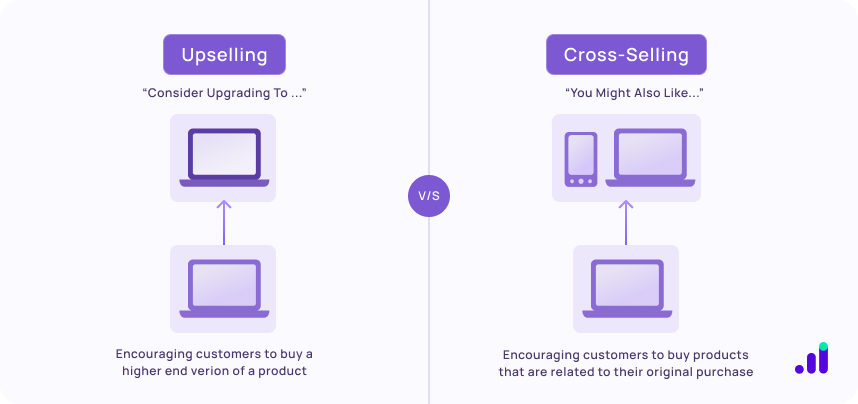
First party data can help you create comprehensive customer profiles to understand each customer’s motivations, pain points and preferences thoroughly. This data can in turn aid you in cross-selling or up-selling to them.
You can make more informed product recommendations that complement their previous purchases, driving their chances of making another purchase.
- Improved User Experience
First party data can help you improve your company’s user experience. It can help you improve interactions with customers, whether it’s personalizing the content they consume or customizing their platform experience with relevant product recommendations.
Not only that, but first party data can also help your customer support team address customer grievances and queries better. They can access the customer’s purchase history and details to solve issues efficiently.
- Reliability and Accuracy
Being data directly sourced from the customer, first party data is extremely accurate and dependable. Third party data on the other hand has a high chance of being obsolete and incorrect as data is collected from various secondary sources. With updated first party data, companies can now plan and design successful marketing campaigns that drive engagement rates.
- Better Aligned with Global Privacy Laws
Global privacy laws came into effect due to data privacy concerns stemming from third party data practices. With first party data, companies can rest assured they’re complying with regulations. Since customers share this data willingly, it doesn’t attract penalties or action under CCPA, GDPR, and the like.
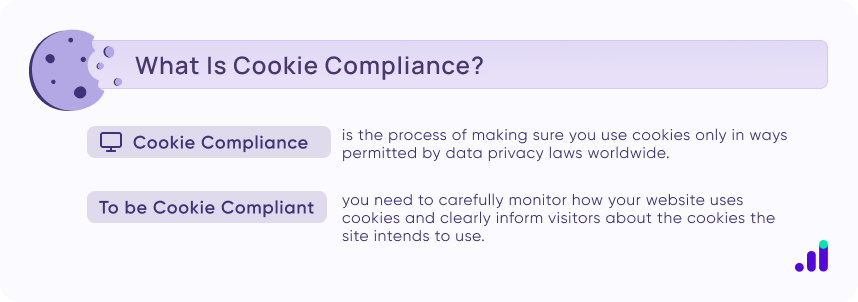
Strategies to Improve First Party Data Collection Efforts
Collecting data is definitely one of the most common challenges when it comes to a first party data strategy. However, your data strategy’s success depends directly on its collection practices. And so, to give you a strong start, here are some first party data collection strategies you can consider:
- Website and Landing Page
Your website is the best source for first party data if you implement the right strategies and tools. Incentivize account opening with offers to gain data such as customer names, contact details and preferences. You can also integrate surveys and forms to collect targeted data from site visitors such as product preferences, feedback, etc.
- Mobile Applications
If your brand has a mobile app, encourage users to open accounts and share data through discounts and offers. Track their behavior on the app with metrics such as time spent, conversion rates, favorite in-app features, etc. You can also leverage location data to offer personalized location-based content to drive engagement rates.
- Email Marketing Campaigns
These can offer you a valuable source for first party data. You can gather data on demographics, interests and preferences from those who sign up for promotional emails or newsletters. Further, you can prompt them to update their profiles periodically to ensure your data remains accurate and reliable.
Lastly, study metrics such as open, response, and click-through rates to gain a better understanding of what interests your customers and their behaviors
- Social Media Platforms
To gain first party data on social media, you need to provide value and establish a strong presence. Once you have these locked down, you can examine your customer profiles, gaining data on their age, gender, location, interests, etc. Further, track their comments, shared, and interactions to understand customer sentiment and preferences.
- Customer Purchase History
Your customer’s purchase history such as order values, purchase frequency and product preferences can also grant your valuable insight. Additionally, track the products that make it to their wish lists and shopping carts to recognize customer trends and interests.
- Customer Support
Lastly, interactions with customers can help you gain valuable insight into the ground reality. Consider analyzing your customer feedback and inquiries to understand customer preferences and pain points. You can also share surveys post-interaction to gather first-hand data on how satisfied your customers are and what can be improved to deliver a better user experience.
While these strategies can help you gain more data from your customers, your strategy must also observe a transparent consent mechanism, defined privacy policy, and robust data security. Accenture’s research finds that 73% of consumers are willing to share more personal information if brands exercise transparency in how they use it.
Additional read: First Party Data Onboarding – All You Need to Know
Supercharge your First Party Data Strategy with EasyInsights
Shifting from a third party data approach to a first party one can seem overwhelming, but think of it as a golden opportunity. With this move, you’re aligning your data strategy with global data privacy laws, gaining significant control over your data, and fostering trust with your customers.
All that’s left now is integrating a data enrichment and activation platform to help you manage that data effortlessly. Fortunately, you don’t have to look far and wide for this have the best right here with EasyInsights.

EasyInsights’s platform allows you to move your data from your marketing data hub to other systems seamlessly. You decide which data gets routed to what destination, whether it’s customer email data shared with support teams or lead scoring data shared with sales teams.
Further, with EasyInsight’s composable CDP in your tech stack, identity resolution, ETL, reverse ETL, customer 360, etc., are not only possible but efficiently executed. So, onboard EasyInsights and start your first party data strategy on the right foot.
To check out EasyInsights in action, book a demo today!
Additional read: How to Implement a First Party Data-Driven Approach to Multi-Channel Content Distribution



